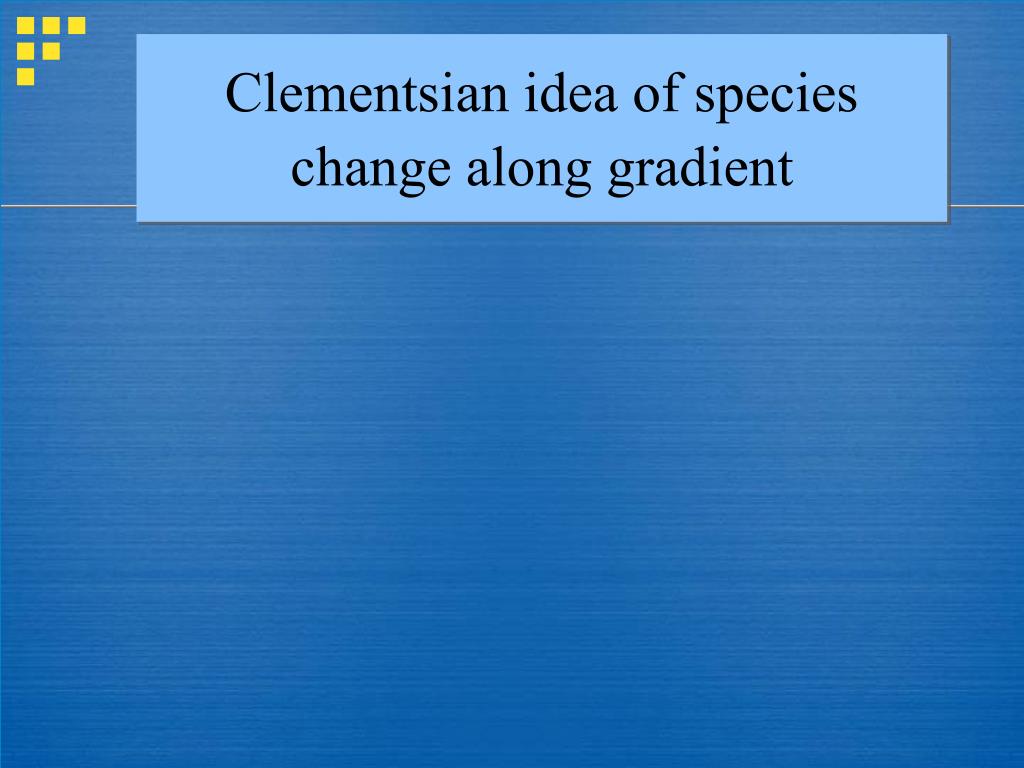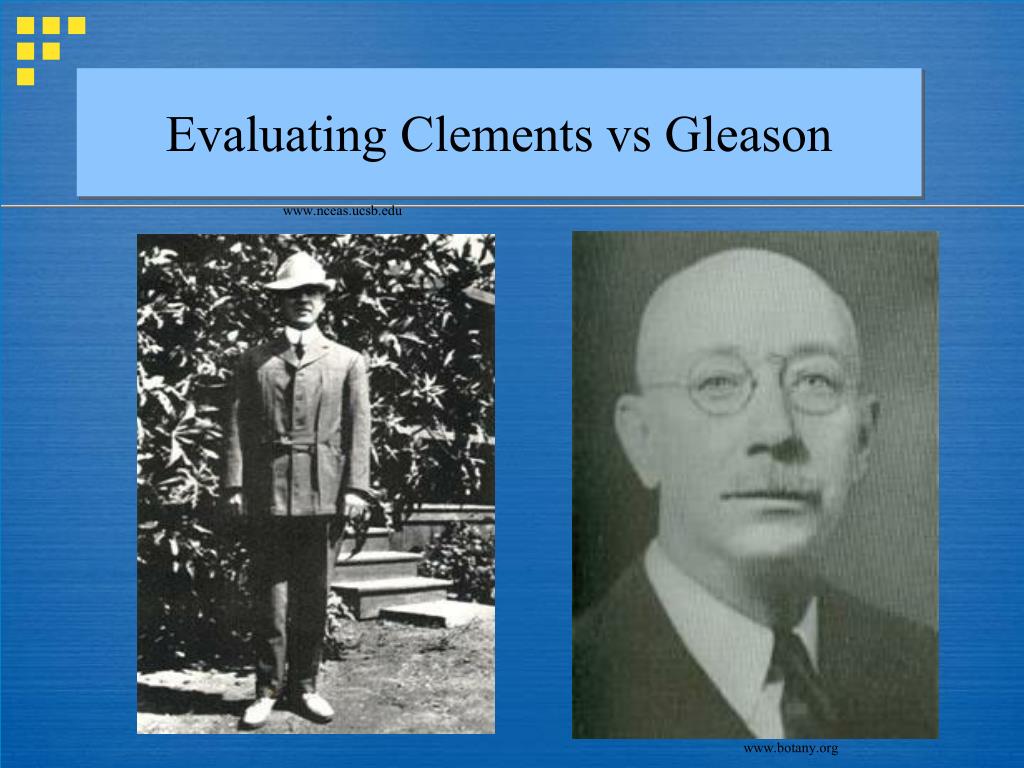


(eds): Landscape Boundaries: Consequences for Biotic Diversity and Ecological Flows. 1992: Theoretical foundations for understanding boundaries in landscape mosaics. 2007: Two-sided edge effect studies and the restoration of endangered ecosystems. 2006: Continuous response functions for quantifying the strength of edge effects. 2010: Carabid beetles among grassland - forest edge - beech forest habitats in Northern Hungary. Doctoral thesis, Faculty of Science, University of Zagreb, Zagreb, 252 pp. 1982: Carabid Beetle Fauna (Coleoptera) of Forest Communities in the Gorski Kotar Region. 2006: Buffering of native forest edge microclimate by adjoining tree plantations. 1990: Density limits and survival of local populations in 64 carabid species with different powers of dispersal. University Publishing Company, Lincoln, 362 pp Go to original source. Biometrics 43: 783-791 Go to original source. 1987: Estimating the population size for capture-recapture data with unequal catchability. BioScience 53: 750-758 Go to original source. 2003: A framework for a theory of ecological boundaries. Cadenasso M.L., Pickett S.T.A., Weathers K.C.1985: Carabid beetle collection of Entomological Department of Varazdin City Museum. (eds): Ecology of Carabids: The Synthesis of Field Dtudy and Laboratory Experiment. 1983: The main axes of the coenoclinal continuum from macroptery to brachyptery in carabid communities of the temperate zone. Forestry 84: 467-477 Go to original source. 2011: History, current status and future prospects of uneven-aged forest management in the Dinaric region: an overview. Ecology 73: 794-804 Go to original source. 1992: Corvid density and nest predation in relation to forest fragmentation: a landscape perspective. Received: DecemRevised: SeptemAccepted: SeptemPrepublished online: OctoPublished: DecemShow citation Keywords: Coleoptera, Carabidae, ecotone, ground beetles, beech-fir forests, Croatia This study confirmed that the structure and ages of the vegetation at edges may play a key role in determining the spatial pattern of carabid beetles across forest-meadow ecotones. On the other hand, ecotones acted as filters for certain forest generalist species and true barriers for most open-habitat species. In addition, this enabled forest specialists and generalists to occur right up to the forest edge and maintain stable populations in the ecotone. Therefore, embedded forest edges reduced the microclimate edge effect by providing stable microclimatic conditions for carabid assemblages similar to those in the forest interior. Soil temperature, soil humidity and light intensity did not differ significantly between the ecotones and the forest interior. The classical edge effect hypothesis was not supported, since the ecotones were less diverse than the meadows, while the carabid assemblages of the forest interiors were the least diverse. Carabid assemblages in the ecotones were more similar to those in the forest interiors than those in the meadows. A total of 20,526 individuals belonging to 66 carabid beetle species were recorded.

Embedded forest edges were greater than 100 years old and had a similar composition and structure of vegetation to that in the adjacent forest. Carabid beetles were sampled using pitfall traps set along gradients extending 60 m from the forest edge into its interior and 60 m into the meadow. Edge effects on carabid beetle assemblages across forest-meadow ecotones in Dinaric beech-fir forests were determined in the Gorski Kotar region of western Croatia. 13., Budapest, H-1088, Hungary e-mail: between habitats are usually accompanied by transitions in the diversity and structural complexity of insect assemblages. MTA-ELTE-MTM Ecology Research Group, Hungarian Academy of Sciences, c/o Biological Institute of Eötvös Loránd University, Budapest, Pázmány Péter sétány 1/C., H-1117 Budapest, Hungary and Hungarian Natural History Museum, Baross u. 111 (5): 715-725, 2014 | DOI: 10.14411/eje.2014.090 Old forest edges may promote the distribution of forest species in carabid assemblages (Coleoptera: Carabidae) in Croatian forests Andreja BRIGIĆ 1, Marija STARČEVIĆ 2, Boris HRAŠOVEC 3, Zoltán ELEK 4 1ĭepartment of Zoology, Faculty of Science, University of Zagreb, Rooseveltov trg 6, 10000 Zagreb, Croatia e-mail: 2Īnte Kovačića 7, 47 000 Karlovac, Croatia e-mail: 3ĭepartment of Forest Protection and Wildlife Management, Faculty of Forestry, University of Zagreb, Svetošimunska 25, 10 002 Zagreb, Croatia e-mail: 4


 0 kommentar(er)
0 kommentar(er)
